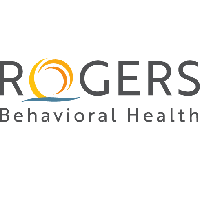
Rural Wisconsin Health Cooperative’s Size reviews vaccine rollout, challenges around hesitancy
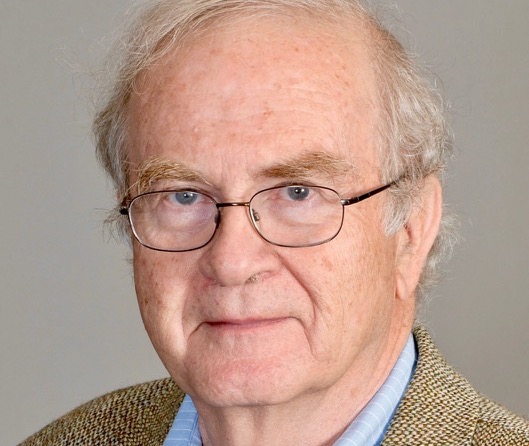
Rural Wisconsin Health Cooperative Executive Director Tim Size, a self-described “dyed-in-the-wool optimist,” sees the light at the end of the tunnel when it comes to the COVID-19 pandemic.
But he said the “last mile” in getting enough people vaccinated will have to be accomplished through personal relationships, not government mandates.
“We’re not going to bully our way through getting everyone vaccinated that we want to get vaccinated,” he said. “We have to make sure we have enough funding for local community efforts to have small conversations at church, in the hospital, in community centers.”
Size pointed to recent congressional testimony from Ann Lewandowski, executive director of the Wisconsin Immunization Neighborhood, on the way forward on COVID-19 vaccination. Lewandowski co-chairs the State Disaster Medical Advisory Committee Vaccine Sub-Committee.
Size spoke to Wisconsin Health News this week about the rollout of COVID-19 vaccine in rural communities, the promise of Johnson & Johnson’s single-shot vaccine and how his members are faring a year into the pandemic.
Edited excerpts are below.
WHN: How has the COVID-19 vaccine rollout gone in rural Wisconsin?
TS: I think the rollout has gone very well, particularly compared to what I hear from my colleagues around the country. I don’t have any hard data. But I know a lot of our rural hospitals around the country have really struggled with the rollout or just struggled getting attention to their communities. That hasn’t been the case here. We’ve been involved since day one, working with the state. It’s not always easy. The expression was for a while, the plane was being built as it was being flown. But I looked at some numbers on how rural compares to urban, and we’re doing great. Basically, there really isn’t an urban-rural divide when it comes to the vaccine rollout, which I think is very encouraging and speaks well to the hard work of the state and all of our rural vaccinators, hospitals, public health.
The real issue is the continuing diversity inside rural population counties, inside the urban population counties. There are lots of moving parts. The initial rollout was largely on healthcare providers, and that tends to favor more people living in urban counties getting vaccinated. But then, not too long after, the 65 population came into play. And that tends to favor more people getting vaccinated in our rural counties. The bottom line is that I’m really proud of Wisconsin. I think we’ve done a good job collectively making the rural kind of stay equivalent to urban, and that isn’t always the case.
WHN: The state recently received its initial shipment of Johnson & Johnson vaccine. What impact could that have?
TS: It’s very clear that our early success in rural communities is based probably with those who have the least barriers to transportation or scheduling or what have you. But there’s a lot to be said that if you don’t have ready access to transportation, which is a significant problem in rural and urban Wisconsin, a lot of people are going to have a preference for one-shot-and-done. So I’m hoping that harder-to-reach populations throughout the rural parts of the state will be given some preference for Johnson & Johnson. Maybe some people will say, ‘Well, I want the Pfizer, I want the Moderna.’ But I think a lot of people will say, ‘Wait, all three are equally good at keeping me out of the hospital and keeping me alive.’ So I think it’ll be very popular. But I don’t know what the decisions are at this point in terms of how the state plans to allocate Johnson & Johnson.
But obviously, it’s been a long journey for all of us, for a year with lots of challenges. And it’s been one challenge, another challenge, another challenge, but you can really feel the news lightening, not that we don’t have lots of frustrations and complaints. And it kind of coincides, I think, with starting the new year when the days start to get longer and we’ve had some nice sunny weather. But people are seeing the end of the tunnel, and Johnson & Johnson, I think, just furthers that feeling. You begin to get a sense of momentum in that we’re going to get through this.
WHN: How is the uptake among healthcare workers of the vaccine going?
TS: I have to say, honestly, I was surprised at some of the numbers I was hearing across the state, urban and rural, of hospital staff who were saying, ‘I’m not quite ready’ or ‘I may never be ready.’ I think that it’s important that we remember, particularly rural communities, our staff are part of our communities. And they reflect the attitudes, the fear, the distrust that the community has. That’s the downside.
On the positive side, all of our hospitals were wise enough to not force the issue, but believing with time – and people saw that many of their colleagues were getting the vaccine and having maybe a day or two of a flu-like symptom – I think that has made more people willing, on each subsequent time when the vaccine was available, to take it. I don’t have recent numbers, but my sense from board discussion is that it’s going in the right direction. And in many hospitals basically all the staff have been vaccinated … by and large, we’re heading in the right direction in our hospitals.
Having said that, one of my questions is: What’s the overall plan in our state to address vaccine hesitancy? It’s still a significant issue. For certain populations, certain communities, it’s more of an issue than others. So I think rural Wisconsin will probably face a bit more challenge because there’s a bit more distrust about government, distrust about science. So we’re not going to convince them by telling them they should trust government or they should trust science. I think what we have to do is we have to listen deeply, carefully. This is more one-on-one, small group conversations, acknowledging the concerns of people who aren’t ready to be vaccinated and kind of working with them, talking them through the best we can. There will be a significant number that will continue to say, ‘No thanks.’ But I think to the degree we have more respectful conversations, and I hope that’s where much of the state funding will go, to supporting these local conversations, we will get enough people in our state that we reach that broad community immunity that we’re all looking for.
WHN: We’ve seen declining hospitalizations, declining case numbers. There’s some concern about more contagious variants. How concerned are you about the state’s improving picture changing?
TS: Well you’re talking to someone who’s a dyed-in-the-wool optimist, so I can tell you my personal thing. Everything I’ve read so far about the variants is that the vaccines that we have in play are addressing them. I think the fact that we’ve been able to steadily increase the people vaccinated every day, we’re giving the virus fewer people to feed on and multiply. And it’s that multiplication of the virus that creates more variants. So yeah, I think it would be foolish not to be concerned. But I think it would probably be equally inappropriate to be panicked by it. I’m actually more worried about us doing something like Texas has done, declaring victory too early and then see the virus come back. So I’m not as fearful of the variants. I’m more fearful of people letting their guard down too soon.
WHN: There were concerns about rural hospital finances in the early months of the pandemic. What is the revenue picture like now?
TS: I’m less concerned now than I once was. It’s really hard to know what the destruction is when you’re still in the middle of the storm. I think we know that use of our hospitals and clinics has come way back from the big dip it took earlier on when we voluntarily shut down services. Those losses are still on the books. What proportion of those losses have been covered by the federal financial aid, I don’t know. I haven’t seen a final reckoning. My guess is that the most severe financial harm has been dealt with. But how weakened it leaves our hospitals going forward, I really don’t know. Again, I tend to be optimistic. I think this period of time has proven the resiliency of rural hospitals more than any time in my career. I think it has shown the need for having a statewide system of hospitals, and not just in the big cities. I think it has shown the creativity and adaptability of small organizations to rise to a crisis. So I tend to be pretty optimistic. But I don’t want to sound foolishly optimistic because I know we have a lot of challenges.
An associated question for me is: What’s the co-op’s role in post-pandemic recovery and growth? We were just in rural Wisconsin recovering from the 2008 recession, really lagging behind urban and seeing significant population loss. Well, the reality is hospitals can only be as successful as their communities. And if their communities are starting to die through a lack of jobs, people not wanting to live there anymore, that’s my bigger concern for rural hospitals. So we’ve started a community economic development program at the co-op, with generous support from two private funders and basically four goals: engagement, effectiveness, promoting rural health and promoting economic development.
So we want to increase rural hospital engagement with local community economic development. And I fully recognize how busy and hard the work is being a rural CEO or (chief administrative officer). We also want to make them more effective, make the best use of their time. We also want to bring a rural health perspective into statewide economic development and bring a state economic development perspective into rural health. So I think while we do everything we can and need to do to make the case for fair financing, federal, state and commercial, for rural hospitals, I think a major role we can do … is we can work to make our communities as successful as possible. That’s a new vision for what it means to be a rural health leader, but it’s one that I think is quickly gaining support. So we’ve been able to develop a program, just hired a new director for that program. And she jumped in the pool and has just been swimming like crazy. I think you’ll hear quite a bit from us in the future on this initiative because it’s so fundamentally needed.
WHN: What major changes made over the past year will outlast the pandemic?
TS: Telehealth and clearly some of the liberalization of it. I think some of the relaxation of some of the workforce issues that were put in place deserve to stay in terms of relaxation of rules and regs that had outgrown their usefulness. A closer working relationship between the local medical community and local public health, so that both are stronger as they work on social determinants of health, I hope and think that will stay. Clearly our views of flexibility around staffing, what work can be done virtually and what needs to be on site, probably a little less flexibility in healthcare than there are in other lines of work, but I could see some different decisions being made around that, both by insurers and healthcare providers. What I hope is that people understand that we aren’t all the way through, but mostly through hopefully what is still being called a once-in-a-century event, to use a military metaphor, a major war that we have won. And in our state, we have won it through collaboration, urban to rural, rural to urban, private sector to government. I hope those relationships will be understood even more so to be important and that we work to maintain them.
I think it was a wake-up call about what we need to remember about how many people in our state didn’t think, and maybe appropriately so, that we in healthcare should have the final word. To this day, I continue to be sad and shocked by resistance to masking and social distancing in some of our communities, including Madison. So I hope that maybe in that regard, we need to do a better job of learning from the people we’re serving as opposed to telling them what science says is important. And I believe in science. But I think we also need to listen and respect the concerns and the values of the people we’re here to serve.
This article first appeared in the Wisconsin Health News daily email newsletter. Sign up for your free trial here.

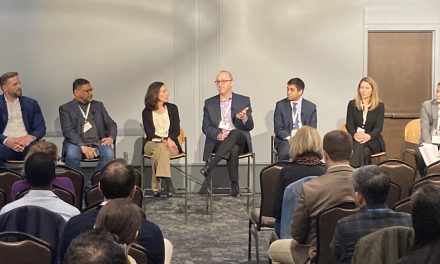
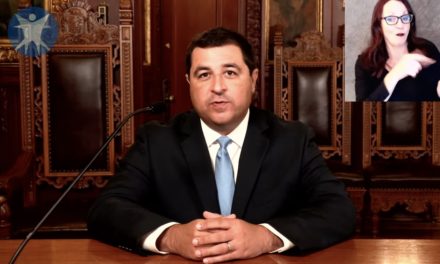

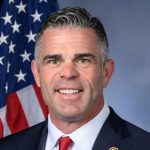



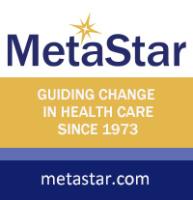


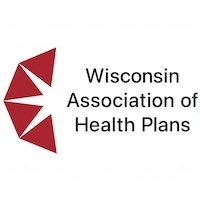
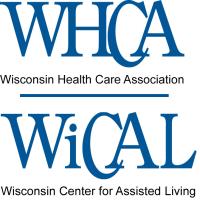
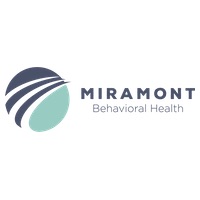

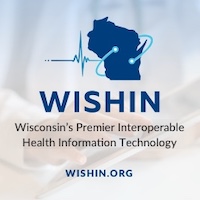
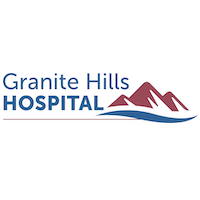

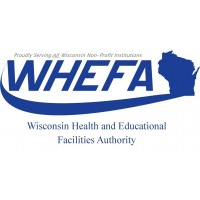




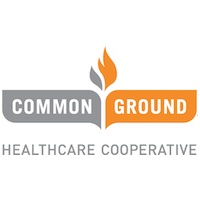


.jpg?bwg=1612548324)



